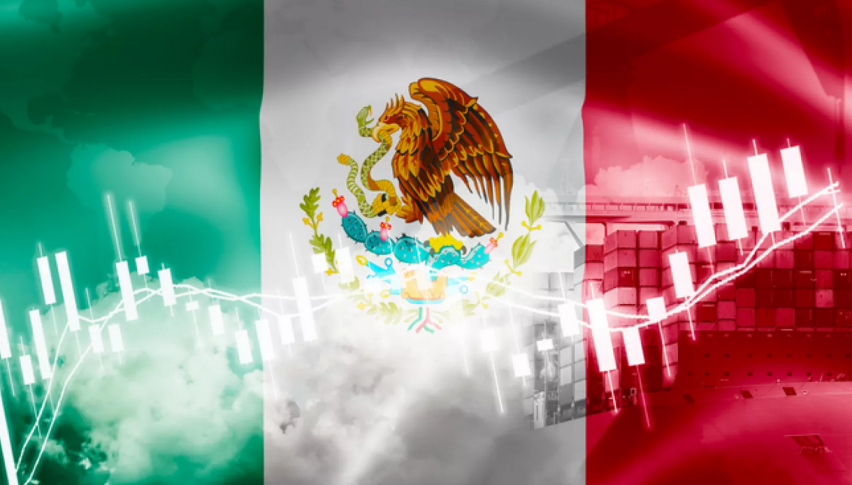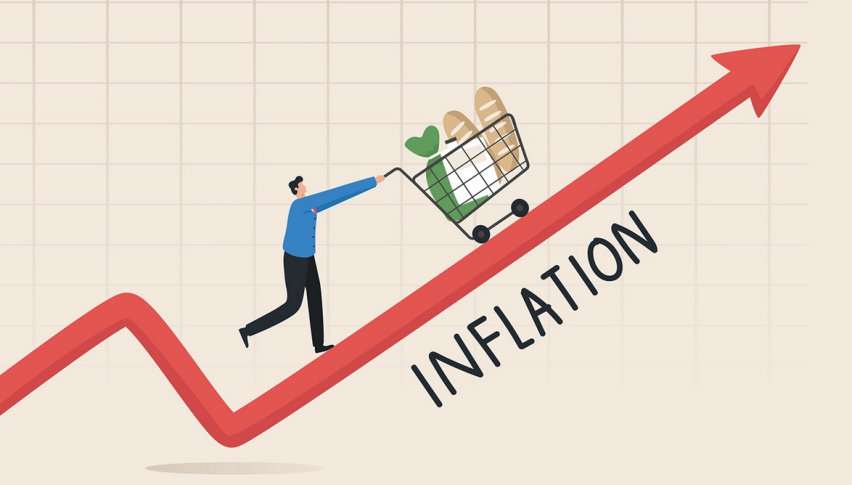Some Last Thoughts Ahead of FED’s Rate Decision
About a month ago, traders were anticipating three rate cuts by the FED before the end of 2023. However, that pricing was reversed, leading to a rally in the US dollar in May. Initially, there were discussions about a possible rate hike in June, but recently there have been talks of a “skip” in rate adjustments. Looking ahead to the end of the year, traders are strongly convinced of a “higher for longer” approach by the FED.
As the FED meets today, the question arises as to whether they can convince the markets that their narrative remains unchanged. If the Fed chooses to skip this meeting, it is anticipated to be interpreted as a hawkish pause. However, the exact details of what that would look like remain uncertain.
FED chairman Jerome Powell is unlikely to pre-commit to a rate hike in July whcih would be bullish for the USD. He is expected to emphasize data dependence while reaffirming that the Fed’s job is not yet complete. Traders hoping for confirmation that this is merely a skip and not a pause may be disappointed, which poses a significant downside risk for the US dollar. This consideration will be crucial for risk assets and bonds later in the day.
Here’s a look at how the curve in Fed funds futures have changed since a month ago and at the start of this month:

In addition to Powell’s remarks and guidance, market participants will focus on the dot plots (which illustrate individual FED members’ interest rate projections) and economic projections. If these reaffirm a more hawkish stance, it raises the question of whether markets should primarily consider Powell’s comments or the overall outlook among Fed members in the aftermath.
Given that markets have positioned themselves for the Fed to maintain a “higher for longer” narrative, there is a risk of disappointment. However, recent events, such as the reaction to the US Consumer Price Index (CPI) data, have demonstrated that market responses may not be straightforward.
Please note that the information provided is based on the given context and may not reflect real-world events or the actual decisions made by the Federal Reserve.








